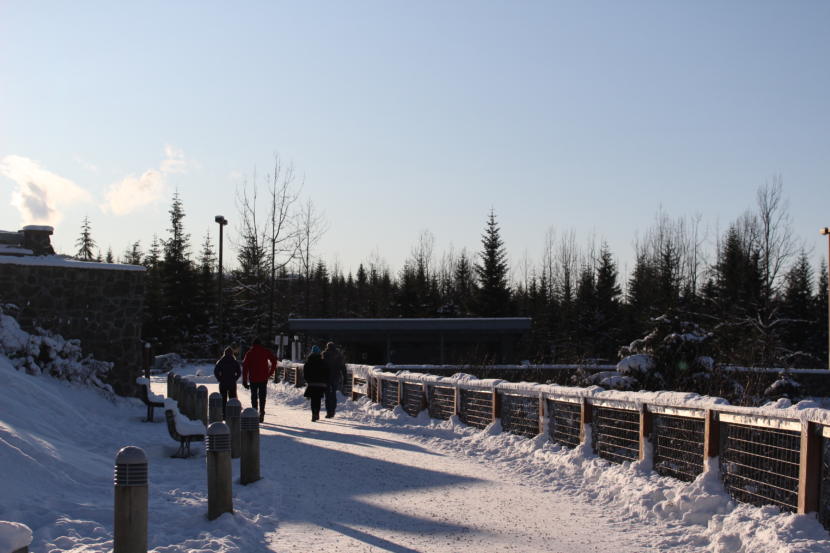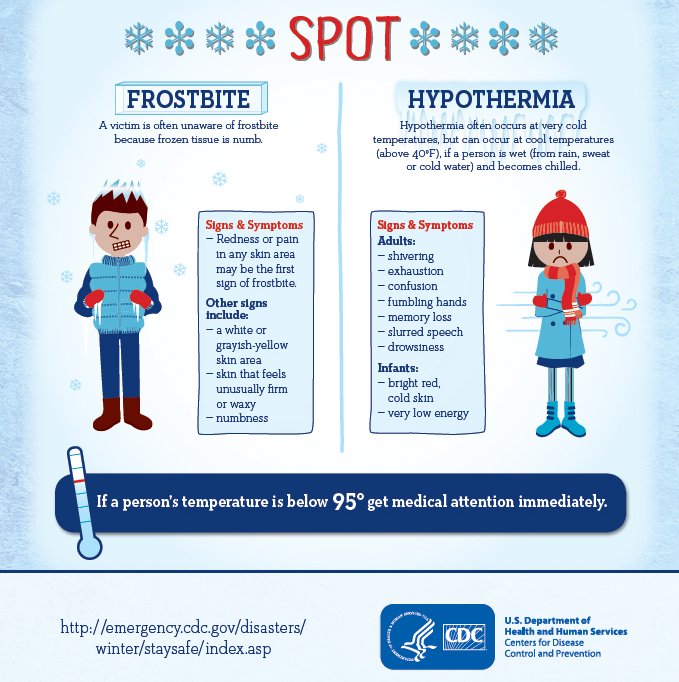
Statewide, Alaska is experiencing the most significant cold snap since 2012.
Winters used to feel like this every two or three years. Now, this deep cold only comes along every eight or 10 years.
And even though Juneau’s definition of “frigid” isn’t the same as Fairbanks’ or Kotzebue’s, the one thing that unites many Alaskans on a crisp winter day is the burning desire to go outside.
But is it possible to safely brave the cold?
At Discovery Preschool in Juneau, winter days, though short on sunlight, can feel a little longer.
Blue Shibler, who owns the preschool, is overseeing indoor recess. In one area, toddlers climb over plush blocks. In another, they dash down the hall.
“I wonder how many balls you could move to the basket. Can you show me?” Shibler asks one of the children.
Shibler says these kids are tough enough to withstand most of the weather Southeast Alaska has to offer.
“Rain would never stop us. Rain? We can handle any amount of rain,” Shibler said.
But the toddlers aren’t a fan of wind gusts up to 100 mph and 15-degree temperatures.
“The second they get out there, their noses are cold. Even if every other part of the body is covered: their face, their cheeks, their nose … they just start crying,” Shibler said. “They don’t really understand it. Because they’re used to going outside everyday.”
Young children and seniors can have a tough time regulating body heat. But depending on your tolerance to cold, you might also feel like crying.
However, state epidemiologist Michelle Rothoff says adults should be just fine going outside in any weather. She cautions that people with chronic medical conditions should consult their doctor first.
But generally, with the right preparations, you can be safe — even in the wind and subzero temperatures.
“I think our bodies in general have a pretty incredible capacity to adapt,” Rothoff said.
Rothoff says there are two things to consider before going out: frostbite and hypothermia. Factoring in the windchill, frostbite typically occurs at temperatures of -18 degrees.
“The colder it gets below that, the more quickly it can happen,” Rothoff said.
But Rothoff says your body is constantly sending you signals, especially when something’s not right.

Flushed cheeks could be an early warning sign of frostbite. And if the skin appears patchy white or yellow, it’s time to take a break and warm up indoors.
Constant shivering is another message that says you’re possibly headed for hypothermia.
“That’s kind of (the body’s) last-ditch effort to generate more heat,” Rothoff said.
But Rothoff says a good way to prevent that is to layer up in clothing made of synthetic fibers or wool — not cotton — and cover your most vulnerable body parts: faces, fingers and toes.
She doesn’t think there’s a temperature that’s too cold for going outside. In fact, there are some upswings, like mental health benefits and boosting metabolism.
But depending on the cultural norms, she says your friends might think you’re insane.
Rothoff cheerfully walks her dog in Anchorage when it’s 7 degrees outside. She texted a friend a photo of what that looks like: Her eyelashes were completely frozen.
“My friend in LA said, ‘Gosh, it was below (60 degrees) today, so I didn’t go for a run because it was too cold!” she said with a laugh.
Rothoff says as far as what’s comfortable, that’s still a subjective experience.
